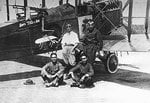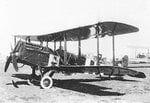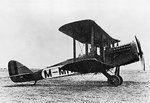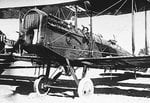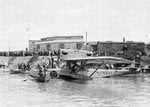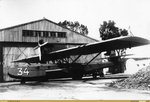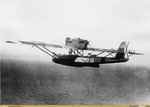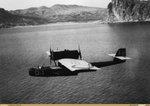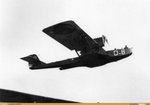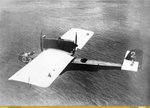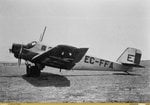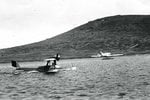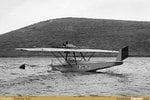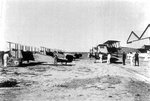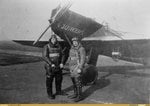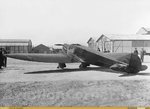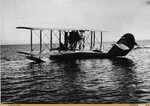- Thread starter
- #41
The Macchi M.24 was a flying boat produced in Italy during the 1920s. Originally intended as a bomber, it was eventually produced for civilian use as well. The M.24 resembled a scaled-up version of earlier Macchi flying boat bombers such as the M.9 and M.18, sharing their biplane configuration and Warren truss-style interplane struts. However, while these earlier aircraft were single-engine types, the M.24 had twin engines mounted in a tractor-pusher pair on struts in the interplane gap. Also like the M.18, it featured an open position in the bow for a gunner, but added a second such position amidships as well. Two M.24s made a demonstration flight in 1925 from Macchi's home on Lake Varese, crossing the Alps to Amsterdam, Copenhagen, Stockholm, Leningrad and home again. This feat was followed by torpedo-launching experiments. The M.24 saw extensive use with the Italian Navy, and several were purchased by the Spanish Navy.
The Spanish Naval Aviation Squadron used 6 Macchi M.24, mainly to reinforce the squadrons of Macchi M.18, Savoia S.16bis and Supermarine Scarab during the time of landing in Alhucemas (1925). They were mainly used for bombing missions, but the dimensions of the aircrafts avoid to be shipped at the Dedalo, and they had to operate from the airfield at Mar Chica (Nador). On September 14, 1925 they were employed in the activities of Cape Quilates, where they saw combat for the first time. Two of these hydroplanes were lost in accidents, being retired in 1927.
The Spanish Naval Aviation Squadron used 6 Macchi M.24, mainly to reinforce the squadrons of Macchi M.18, Savoia S.16bis and Supermarine Scarab during the time of landing in Alhucemas (1925). They were mainly used for bombing missions, but the dimensions of the aircrafts avoid to be shipped at the Dedalo, and they had to operate from the airfield at Mar Chica (Nador). On September 14, 1925 they were employed in the activities of Cape Quilates, where they saw combat for the first time. Two of these hydroplanes were lost in accidents, being retired in 1927.



